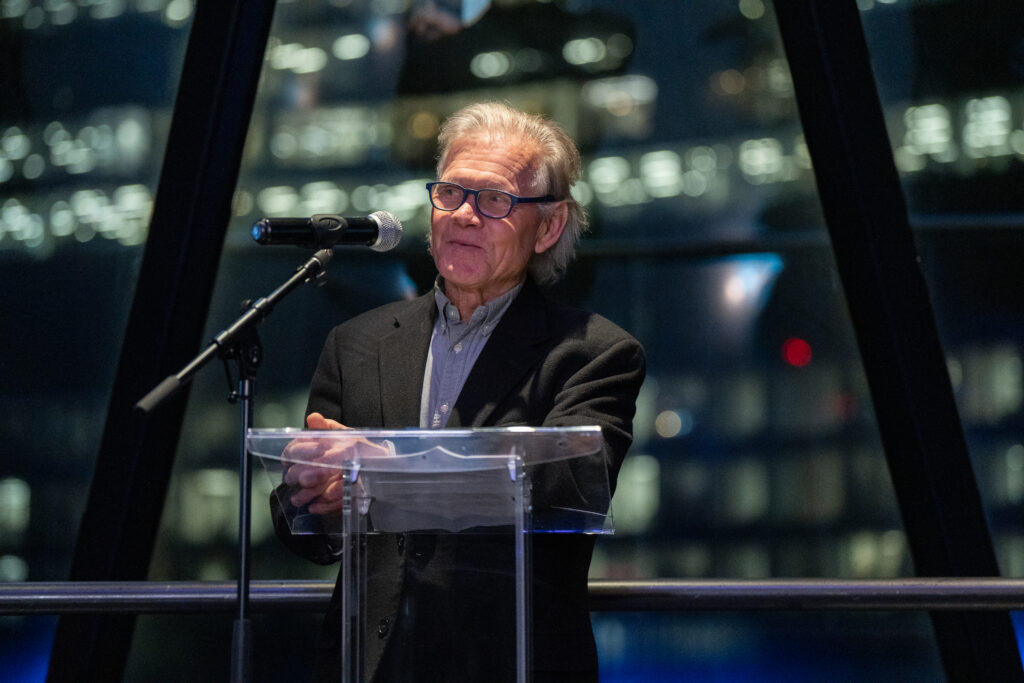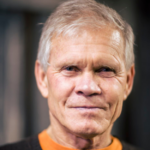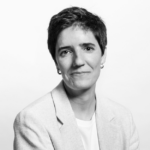
Driving Collective Impact: How Cascale and Worldly’s Shared Value Loop Delivers Clarity and Impact
In this joint blog post, Cascale’s Lee Green and Worldly’s Jay Gaines outline the shared value and goals between the two organizations.




We founded Cascale with the goal of scaling collective action throughout the consumer goods industry, and now we’re one step closer to realizing this vision.
For me, the project began in 2009, when I was the vice president of Environmental Initiatives at Patagonia. Previously, we had been helping Walmart with some of their sustainability goals, including incorporating more organically grown cotton into their private label apparel. The opportunity was massive as Walmart was the world’s biggest retailer at the time. When you shift the course of a boat that big it makes a huge difference.
I’d also been helping with the apparel supplier scorecard they were developing and when it was finished, I thought it was pretty weak. So we invited Walmart to partner with us to see if we could bring in more companies in the apparel and footwear sectors and develop a truly robust tool — more effective than any company on its own might be able to make it.
There was already some movement in this direction. At Patagonia, we had been working with the Outdoor Industry Alliance to develop a tool for their members. And for years, Nike had been simultaneously developing their “Considered Index” that focused on the impact of materials. But everyone realized that nobody could do this on their own.
So we succeeded in getting this initial group of companies together. And by 2011, we were able to release the beta version of an environmental assessment tool that effectively measured the environmental impact of the companies – not just their operations, but much more importantly their supply chains, as well. Within a year or two after that we were successful in expanding the scope to include not just environmental impact but social justice measurements as well. We recognized that was going to be a way thornier challenge.
Many companies had been working for decades in the social justice arena, and it was a Babylon of conflicting views and arguments and tensions and failures to align. So that was going to be an enormous task. But we took it on anyway. In the beginning, Nike really drove that effort. Luckily, we were able to align and move forward; the expanded beta version that included social justice came out less than two years later.
In 2012, we took what had been an informally organized group led by third-party consultants and formalized the creation of the Sustainable Apparel Coalition as a registered nonprofit. Even as the founding chair of the group, I was always pushing it out of its comfort zone. Part of that push was to eventually expand from apparel and footwear into other categories of consumer goods.
The bigger goal was to do something meaningful and material to get the companies collectively to address the interrelated crises of climate and extinction. This would never happen if we remained only in apparel and footwear. Even though the impact of those two categories is enormous, the impact of all consumer goods is, of course, much, much bigger.
In peer-reviewed studies, including a 2015 study from the Journal of Industrial Ecology, it’s estimated that the combined carbon emissions impact of consumer goods on the planet is about 60 percent of global emissions. So we knew that if we could get the consumer goods industry to start reducing those emissions, we would succeed. That was always the goal from the beginning.
At Patagonia, part of our mission was – and still is – to cause no unnecessary harm. We chose that phrasing on purpose, even though it’s grammatically incorrect as a double negative. If you take out the two negatives, you’re left with causing harm. Because we realized from the beginning that the production of goods produces carbon. There’s no way around that. But the goal then is to do everything you can to reduce the amount of carbon production.
The planet gets hotter, consumers complain and the brands promise and break their promises, and the planet continues to heat up. That was the cycle we, as a coalition, were trying to break. Even early on we succeeded in getting all the companies in the coalition to adopt Patagonia’s definition of impact to recognize that no matter how hard we try to reduce that impact it’s always going to be an ongoing challenge to keep making it smaller and smaller. No matter what we achieve, and how much we do, we have to keep doing better.
Doing better meant expanding to all categories of consumer goods, when the time was right for us to do that. The time has come, and now we’re doing it. But it’s not a simple adjustment. Consumer goods as a group are responsible for 60 percent of the planet’s carbon emissions, but when you break down on a product level what do those emissions look like? You quickly realize going upstream to materials is where a huge part of the impact resides in most categories of consumer goods. As much as 80 percent of the impact of an individual product is represented by the material materials used to make it, per McKinsey & Co.
So, for example, the sporting goods industry uses a much broader group of materials than apparel does. We’re going to learn a lot from them, and their needs will expand the tools to address them. From the beginning, we launched on the commitment to continually improve our tools. So the Higg Index tools go through iterations on a regular basis, and those iterations will include modifications required to make them appropriate for the new vertical categories.
From the beginning, our theory of change was a collective goal. If we developed really robust measurement tools, and if those tools were adopted by a significant portion of the industry, including measurement and verification of supply chain data so that it was trustworthy, and if those measurements were made public and transparent, then we would unleash drivers in the entire ecosystem of consumer goods. That would incentivize all the players to reduce year-over-year environmental impact and increase social justice.
Driving forces included NGOs, which would hammer on those companies that scored lower. Likewise, we knew that it would incentivize governments to develop and implement related policies. The banking and finance industry would recognize that the companies doing the best jobs of managing impact would also be more financially resilient. We theorized that lenders would start to reward the companies doing better jobs with lower loan rates, for example, and we’re actually starting to see examples. Ultimately, these companies should be rewarded with higher valuations.
And then there is the other driver of consumer pressure. Per a January 2023 study from NielsenHQ, more than 80 percent of consumers prefer companies that are doing a better job managing their impacts. We knew that as the impact of consumer goods manufacturing became more apparent, citizens would pressure companies, governments, and the whole ecosystem to do something about it.
So, here we are years later and we’re making real progress. It’s been a real challenge but we’re getting there. But at the end of the day we’re in the business of managing impact by measurement. However the real measurements – and the most important indicators of our success – are still going in the wrong direction. The plant is continuing to warm, the number of species on the planet are continuing to decline, the amount of forests on the planet are continuing to decline.
I am so proud of the progress we have achieved — but there is much more to be done. Every year, we must double down on progress, including reducing emissions and improving social justice. We need collective action at scale to save our planet and its people. With Cascale, I know we can do it together.
In this joint blog post, Cascale’s Lee Green and Worldly’s Jay Gaines outline the shared value and goals between the two organizations.


In this blog, Maravillas Rodriguez Zarco, senior director, Higg Index Strategy & Operations; and Adrián Branco, senior manager, Higg Index Brand & Retail; discuss Cascale’s secondment with EFRAG, the importance of the organization, and the Higg FEM’s acknowledgment in a recent report.


Do you know Better Buying’s seven key purchasing practices? Read Lindsay Wright’s latest blog to re-familiarize yourself ahead of the upcoming Better Buying Purchasing Practices Index (BBPPI) report 2025.
